When it’s high summer in Adelaide and Torrens Lake is covered in a blanket of green, is this always a cause for concern? Discover the difference between blue-green algae and duckweed, and when they are a problem for the environment.
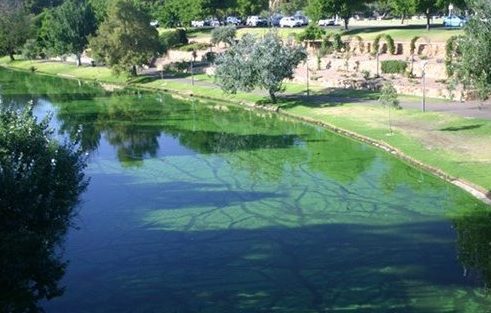
Torrens Lake is the section of the River Torrens/Karrawirra Pari in Adelaide from Torrens Weir to the Frome Street Bridge.
The lake is a popular backdrop for many of Adelaide’s festivals and events and is used for rowing, dragon boating, powerboat racing and the iconic Popeye.
Both blue-green algae and duckweed can cause an undesirable green cover over the lake in summer, but there’s a big difference between the 2 and how they impact the environment.
What are blue-green algae?
Blue-green algae are actually a kind of microscopic bacteria called cyanobacteria.
They photosynthesise like plants and have characteristics of both bacteria and other algae (like seaweed). They mostly look green but can range in colour from blue-green to brown, yellow or red.
They are naturally occurring and can reach high concentrations in situations where warm temperatures, stagnant water and high nutrient levels – such as nitrogen and phosphorus –combine.
When the blue-green algae grow rapidly and become dominant, they can discolour the water, form scums and produce an unpleasant odour – this is known as an ‘algal bloom’.
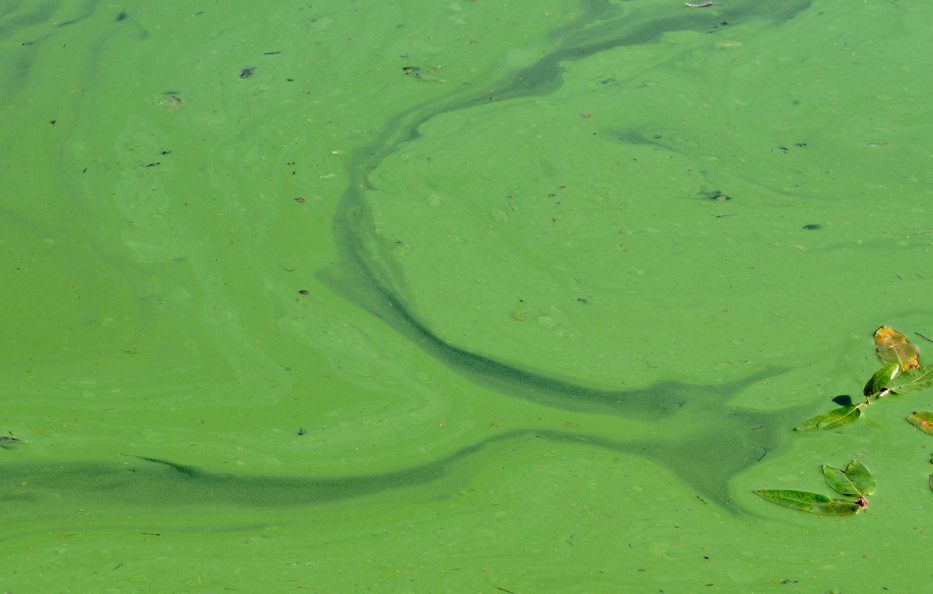
When does blue-green algae become a problem?
Algal blooms not only make the water look and taste bad, but some species can also release toxins that can be harmful to both humans and wildlife.
In large numbers, blue-green algae use up oxygen in the water, taking it away from fish and other aquatic life.
In the right conditions, algal blooms can last for several weeks or months. Even once the bloom has died off, some toxins from certain species can remain in the water for up to 3 months.
If blue-green algae concentrations reach a high enough level to lead to a bloom, Torrens Lake needs to be closed for recreational use.
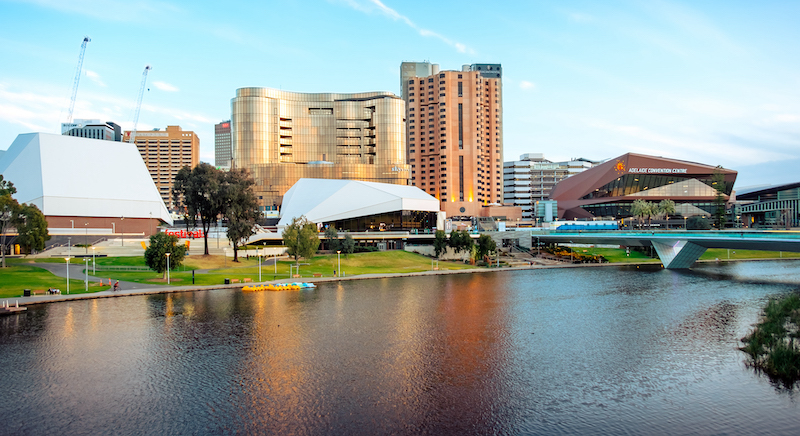
What is being done about blue-green algae?
Blue-green algae needs close monitoring throughout the summer. Monitoring takes place twice a week in 7 locations in the lake.
If monitoring shows the concentration of blue-green algae is too high, flows of fresh water from upstream storage are used to freshen lake water quality and maintain algae at an acceptable level.
This ongoing algae management program has been successful in preventing blue-green algae outbreaks and lake closures for the past 9 years.
What is duckweed?
Duckweed is a naturally occurring tiny aquatic plant that is not harmful to people. In fact, it has a number of environmental benefits for the local ecosystem and wildlife.
Similar to blue-green algae, duckweed grows incredibly quickly in still water when it’s warm and sunny.
Duckweed can actually improve water quality as it reduces the potential for blue-green algae blooms by taking up the nutrients that the algae need to grow.
It also provides a food source for fish, birds and aquatic animals such as turtles. In fact, it is so nutritious that it could be farmed on-board spacecraft in the future to feed astronauts on their journey to Mars!
An abundance of duckweed can increase biodiversity in the area as it attracts hundreds of ducks, cormorants, herons, swans and pelicans providing a great playground for these waterbirds to graze, hunt and raise their young.
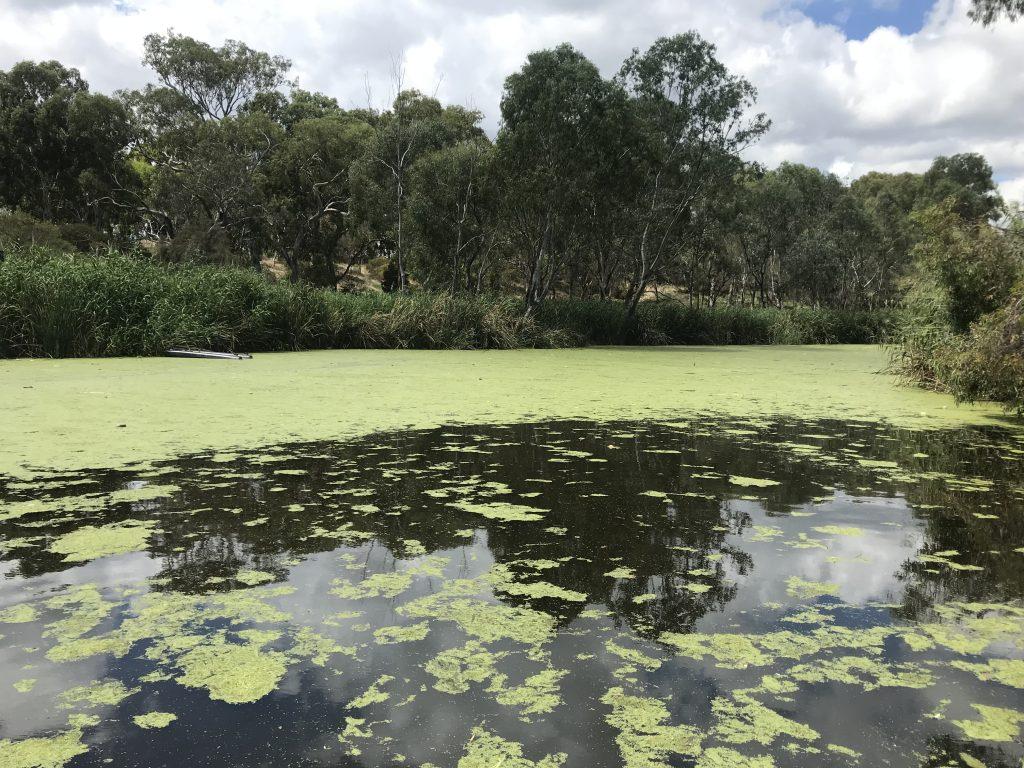
When does duckweed become a problem?
Duckweed only becomes a problem when it forms a thick carpet on the water’s surface, because there is a risk that it might starve the water of oxygen.
Luckily, Torrens Lake is big enough for the wind and currents to blow any duckweed around and avoid this problem most of the time.
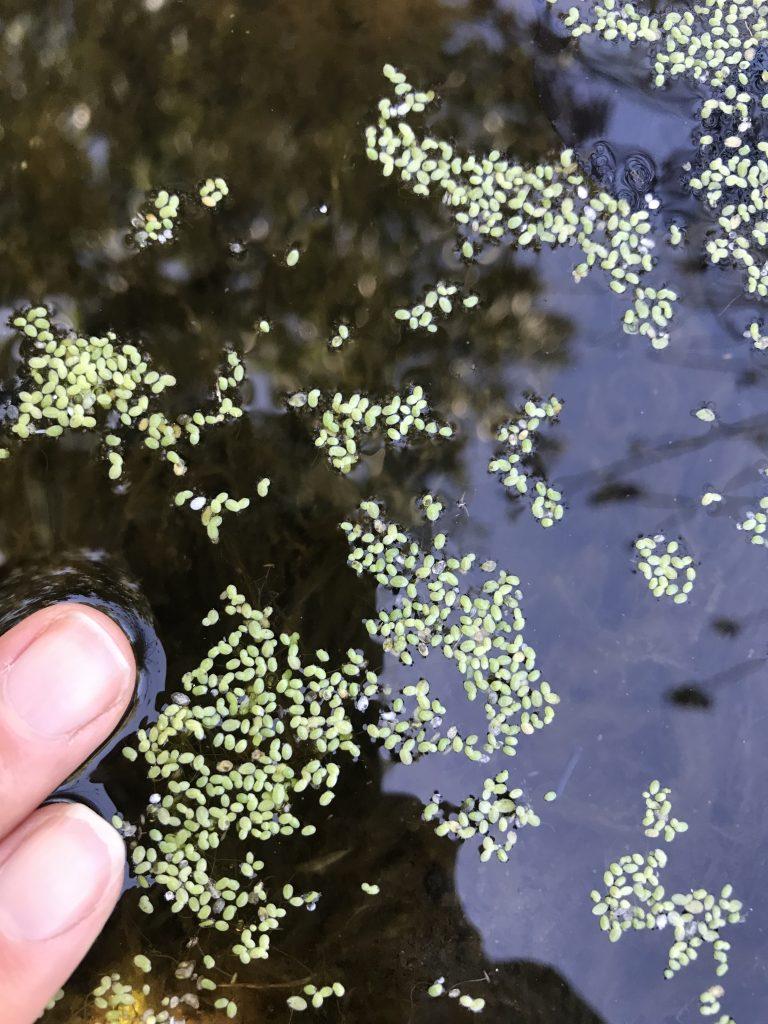
What is being done about duckweed?
Occasionally, when the conditions are right, duckweed can quickly turn from a few patches of green to something resembling pea soup.
At this concentration it can cause issues for the businesses and the rowing clubs that use the lake, and it is necessary to remove it.
The City of Adelaide remove duckweed by trapping it with nets and then vacuuming it out of the water.
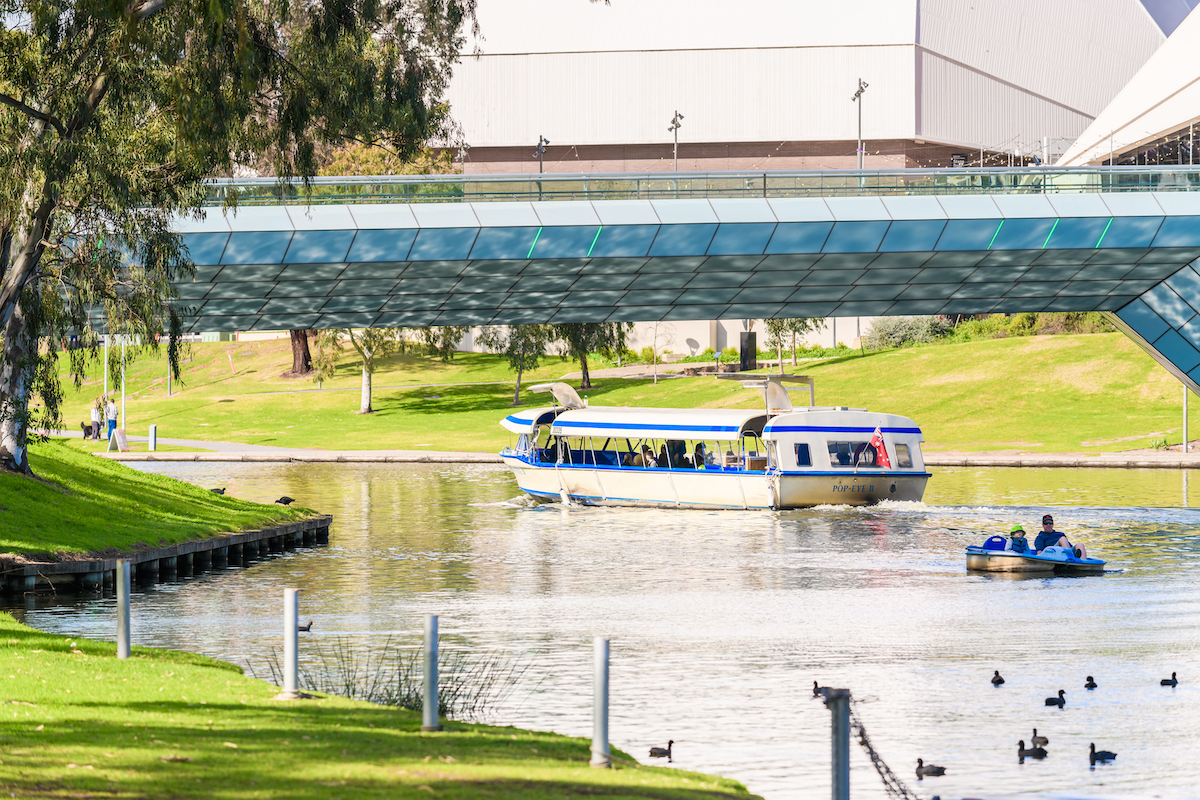
So, although they may look alike, blue-green algae and duckweed are two different types of aquatic plants with distinct characteristics and ecological roles.
While blue-green algae can be harmful in large amounts, duckweed is generally considered a beneficial plant.
Learn more about Adelaide’s water resources
Like to learn more about the river? Here’s everything you need to know about the River Torrens/Karrawirra Pari.
Here's 5 native fish found in the River Torrens and how they are protected.
Learn about how you can look after waterways near or on your property.
Find out how we’re keeping rubbish out of Adelaide’s waterways.
Discover how groundwater is being replenished at Adelaide’s creeks and wetlands.